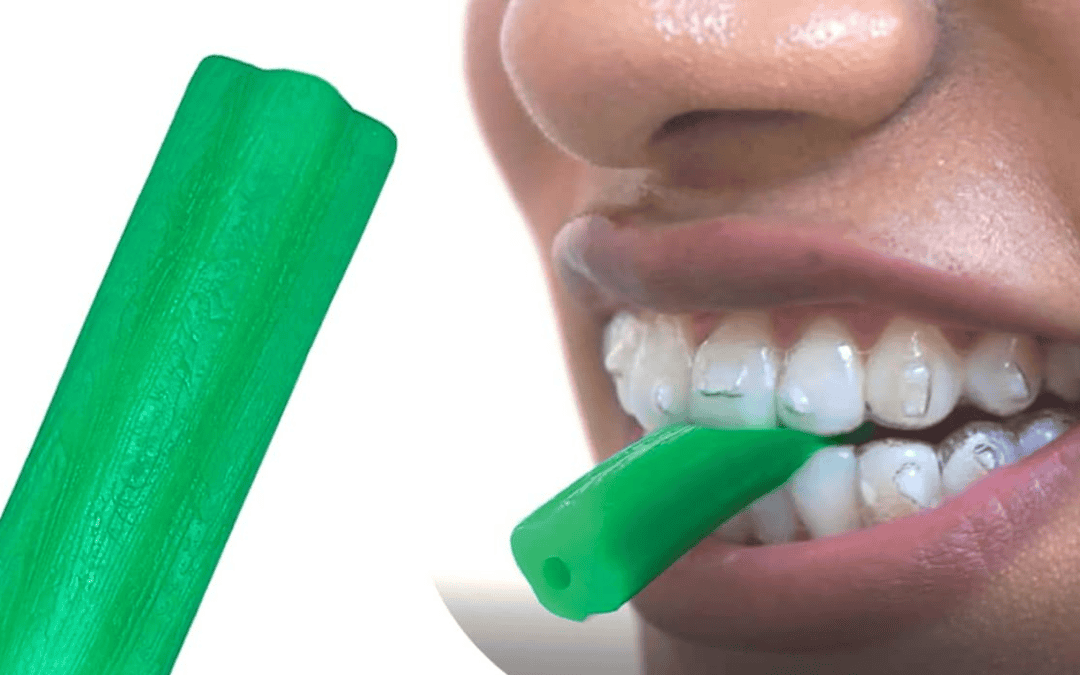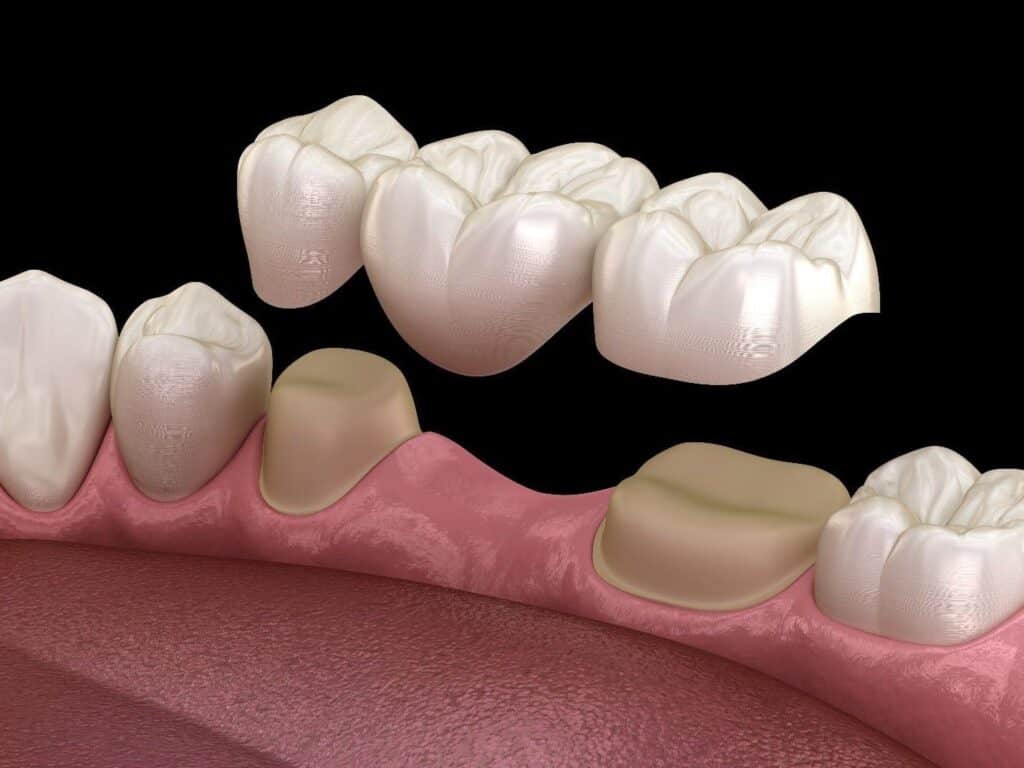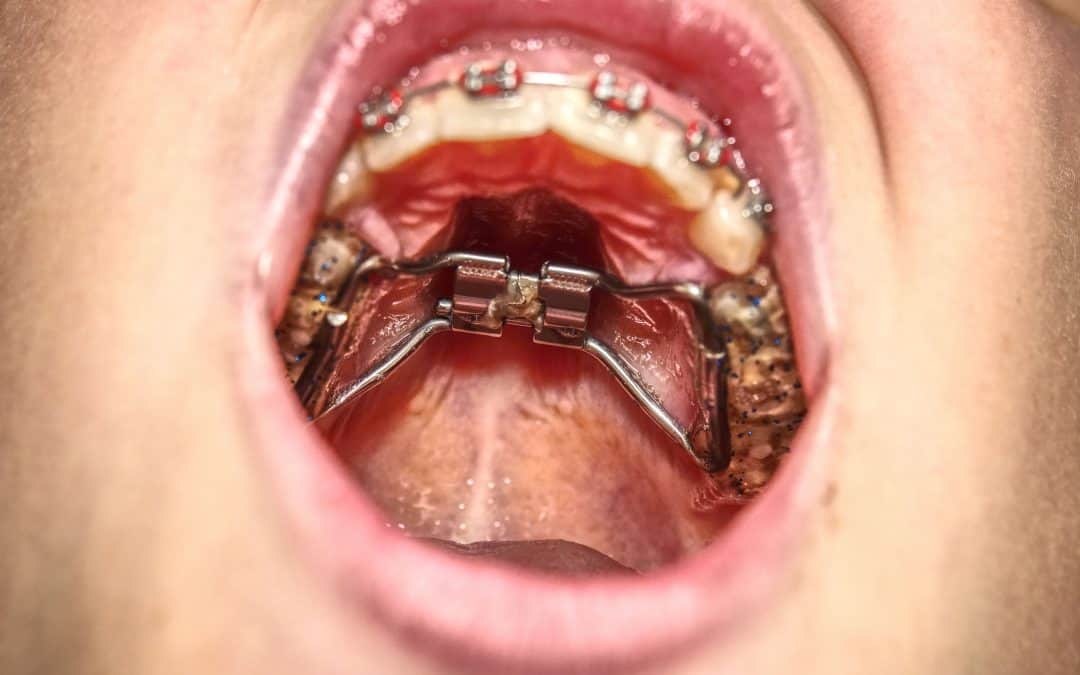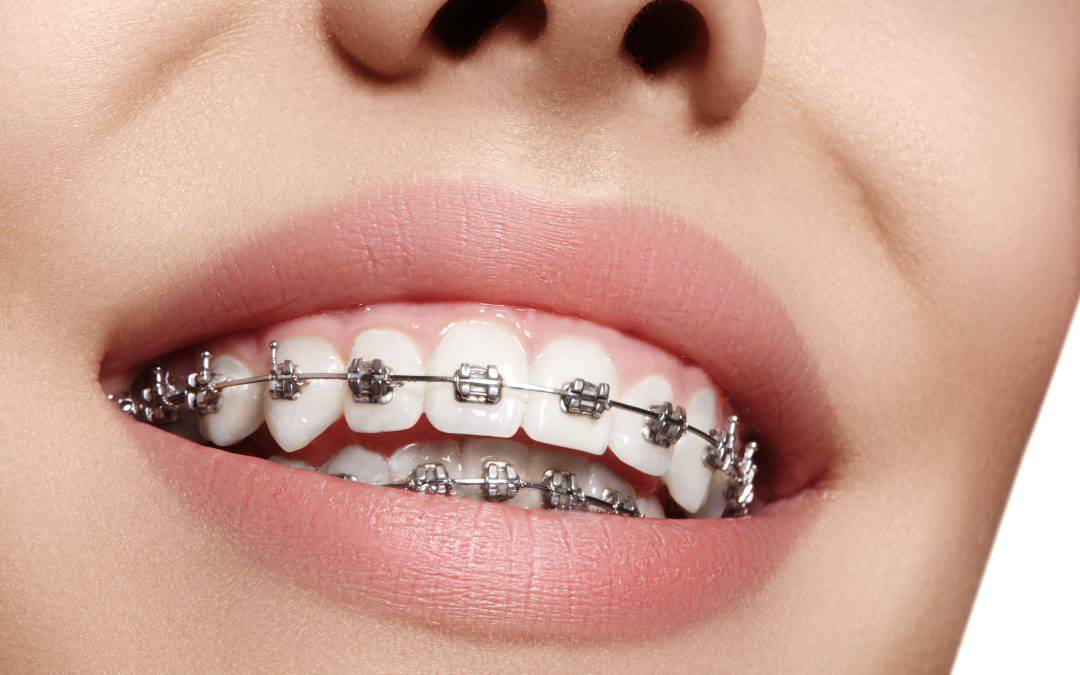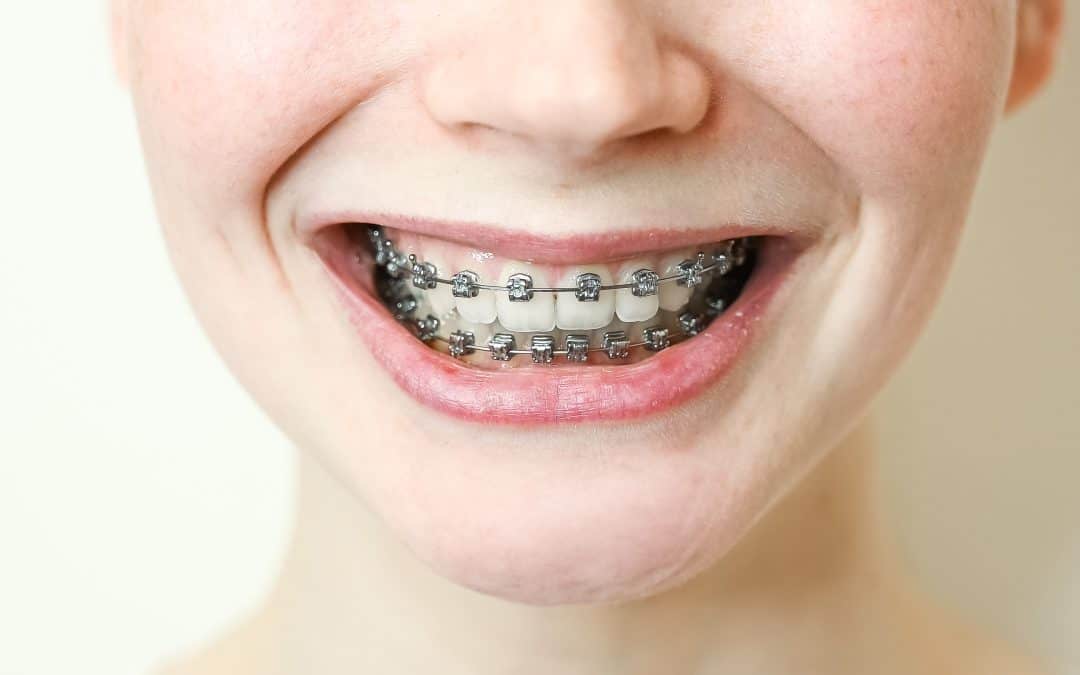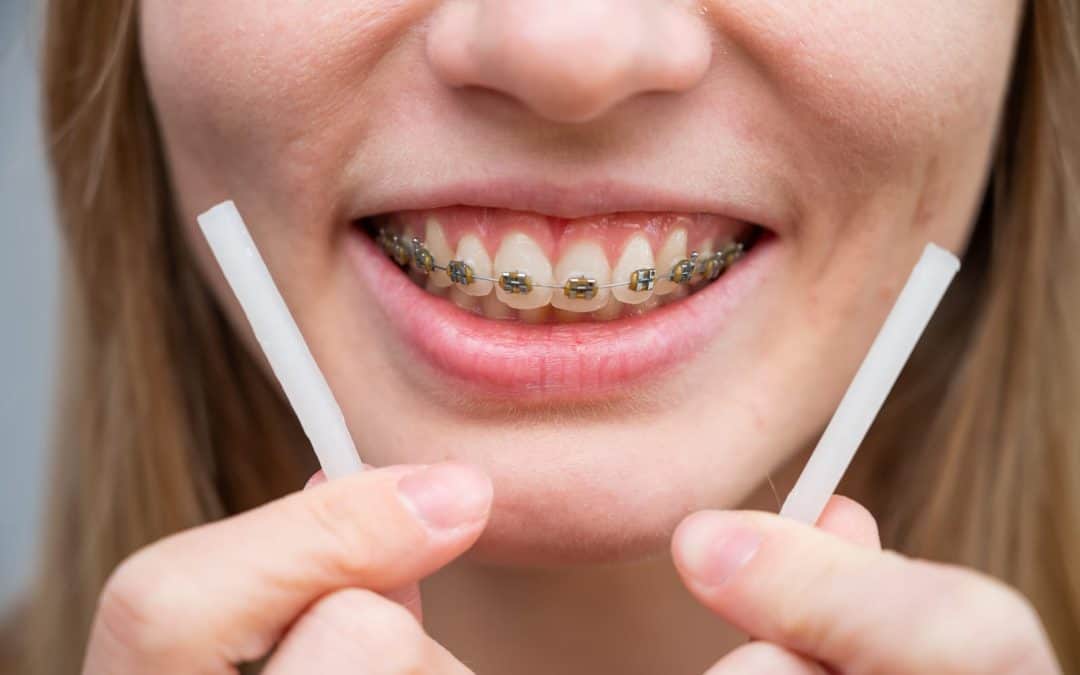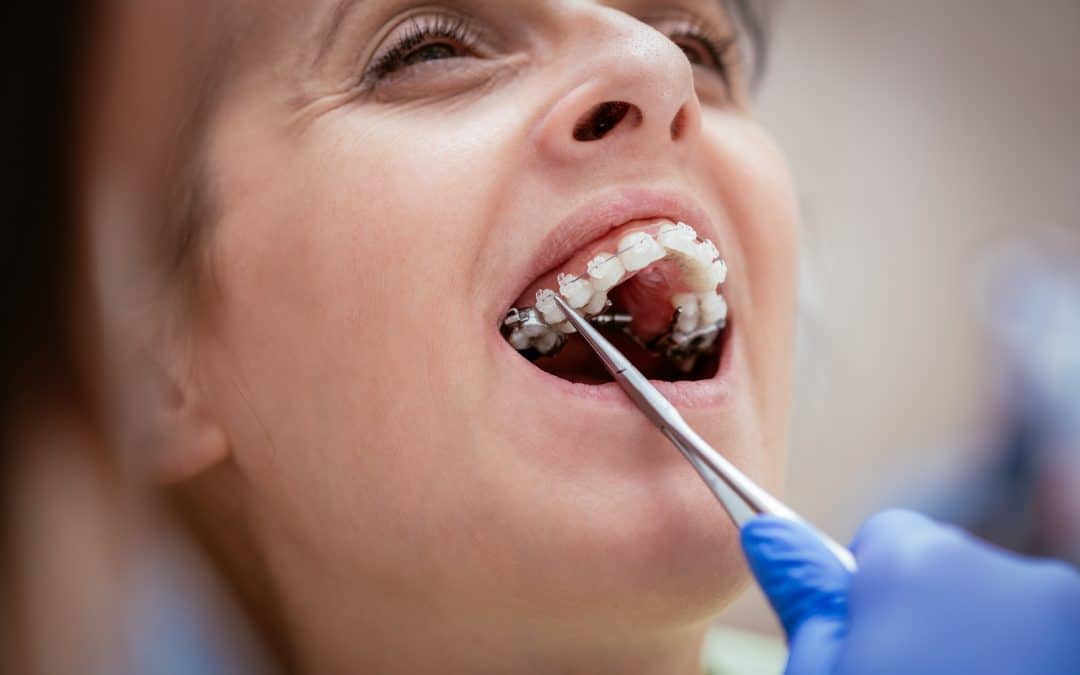Temporomandibular Joint Disorder (TMD) is a chronic disorder affecting the temporomandibular joint, causing discomfort, pain, and limited jaw mobility. TMD may have severe effects, disrupting daily tasks such as eating, speaking, and even sleeping. Because of its complex nature, TMD treatment options vary from conservative methods to surgical techniques. Orthodontic braces are a popular non-invasive treatment for TMD symptoms. We dig further into TMD symptoms and brace therapy, all while outlining the actions necessary to manage this complicated ailment.
Braces can align more than just teeth; they can also help alleviate TMJ problems, bringing comfort and confidence with every smile.
What is TMJ/TMD?
The Temporomandibular Joint (TMJ) connects the jawbone to the skull, allowing for complicated jaw motions such as eating, talking, and yawning. Temporomandibular Disorder (TMD) develops when this joint or its surrounding muscles malfunction or become irritated. Symptoms include jaw discomfort, clicking/popping sensations, muscular stiffness, trouble opening/closing the mouth, and difficulty shutting it entirely.
Types of Disorders associated with TMJ
TMD may present in a variety of ways, each with its own set of traits and effects:
Myofascial Pain Syndrome:
This kind of TMD causes localized pain in the muscles involved in jaw movement. Trigger points in these muscles may cause discomfort to radiate throughout the face and head.
Internal Derangement:
Internal derangement may develop when there is an anomaly inside the TMJ, such as dislocation of the articular disc. This dislocation often causes clicking, popping, or locking of jaw motions when the joint is moved.
Degenerative Joint Disease:
TMJ joints may degrade with time, resulting in osteoarthritis or degenerative joint disease. This condition is characterized by cartilage deterioration inside the joint and causes persistent discomfort, stiffness, and reduced movement.
Arthritis:
Rheumatoid and psoriatic arthritis are two of the numerous inflammatory joint disorders that may cause pain, inflammation, and dysfunction in your TMJ joint.
Common activities for TMD problems
Several lifestyle variables might contribute to TMD symptoms or development:
Teeth Grinding (Bruxism):
Repetitive grinding or clenching of teeth when sleeping or under stress has been shown to strain jaw muscles and exacerbate TMD symptoms. This habit may cause additional tension in these muscles.
Chewing Gum:
Frequent chewing of hard or sticky items, especially gum, may put undue pressure on jaw muscles and exacerbate TMD symptoms.
Poor posture substantially influences spine and jaw alignment, exacerbating TMD symptoms. Slumping and forward craning of the neck are frequent instances.
Emotional Stress:
Emotional strain may appear physically as jaw clenching, increased muscular tension, and worsening TMD symptoms.
What Are the Causes of TMJ Disorder?
TMD’s actual aetiology is unknown since a combination of factors frequently causes it:
Damage or Injury:
TMD symptoms may be caused by direct damage to the jaw joint or adjacent tissues, such as sports injuries or vehicle accidents.
Dental Misalignment:
Malocclusion or incorrect alignment may put unnecessary pressure on the TMJ, resulting in dysfunction and pain.
Gene Factors:
TMD development may be influenced by genetic predispositions, such as inheriting structural defects or joint problems.
Arthritis and Inflammatory Conditions:
Joint disorders that induce inflammation, such as Systemic Lupus Erythematosus, may have a detrimental influence on TMJ joints, causing pain, discomfort, and dysfunction.
Bruxism:
Grinding your teeth may cause TMJ symptoms over time, whether due to stress, sleep difficulties, or other circumstances.
Can braces correct TMJ dysfunction?
Orthodontic therapies, such as Braces For TMJ, may relieve TMJ symptoms by addressing tooth misalignments and discrepancies that contribute to TMJ strain, such as bite discrepancies. Braces operate by gently shifting teeth and jaws back into appropriate alignment, reducing pressure on the TMJ and easing symptoms, including jaw discomfort, clicking, and muscular tightness.
However, it is important to note that braces may not be a cure-all for all TMD situations. Their effectiveness in treating TMJ dysfunction is dependent on various variables, including the underlying aetiology and any anatomical or functional difficulties unique to each instance.
Braces may help considerably in instances of TMD caused by dental misalignment or malocclusion by bringing teeth and jaws into harmony and relieving tension on the TMJ, hence enhancing function while lowering pain. However, treating TMD holistically necessitates taking into account not just dental problems but also biomechanical, physiological, and psychological factors that contribute to its occurrence.
TMJ Treatment Steps
Treatment for TMD involves a personalized strategy based on each patient’s requirements and circumstances, which may include the following measures.
Comprehensive Evaluation:
A thorough evaluation, such as a medical history review, physical exam, and dental exam, as well as imaging investigations such as X-rays or MRI, may be critical in determining the fundamental causes and contributing factors of TMD.
Pain Management:
To alleviate TMD-related discomfort, conservative methods such as over-the-counter pain medications, muscle relaxants, and anti-inflammatory medicines may be administered.
Dental Appliances:
Depending on the patient’s unique requirements, dental appliances such as splints, mouthguards, or orthodontic braces may be advised to stabilize jaw joint mobility, minimize bruxism, and improve bite alignment.
Physical treatment:
This includes therapeutic exercises, manual methods, and other modalities like heat or cold therapy, which may be very beneficial in increasing jaw mobility, strengthening muscles, and alleviating stress in the temporomandibular joint.
Stress Reduction methods:
Relaxation methods, biofeedback, cognitive-behavioural therapy, and mindfulness practices may be helpful in treating TMD symptoms aggravated by psychological stress.
Lifestyle Modifications:
Informing patients about lifestyle variables that cause TMD, such as poor posture, excessive gum chewing, or nutrition, may help them make adjustments that enhance both their dental health and well-being.
Conclusion
Although Braces For TMJ show promise as a therapy option for TMD symptoms caused by tooth misalignment or malocclusion, their effectiveness must be evaluated in light of each patient’s unique presentation and demands. As a result, consultation with an appropriately qualified healthcare professional is required to determine the most effective approach to comprehensively managing TMD; by combining orthodontic interventions with conservative measures, lifestyle modifications, or surgical interventions, individuals with TMD may experience improved function, reduced discomfort, and improved quality of life.



